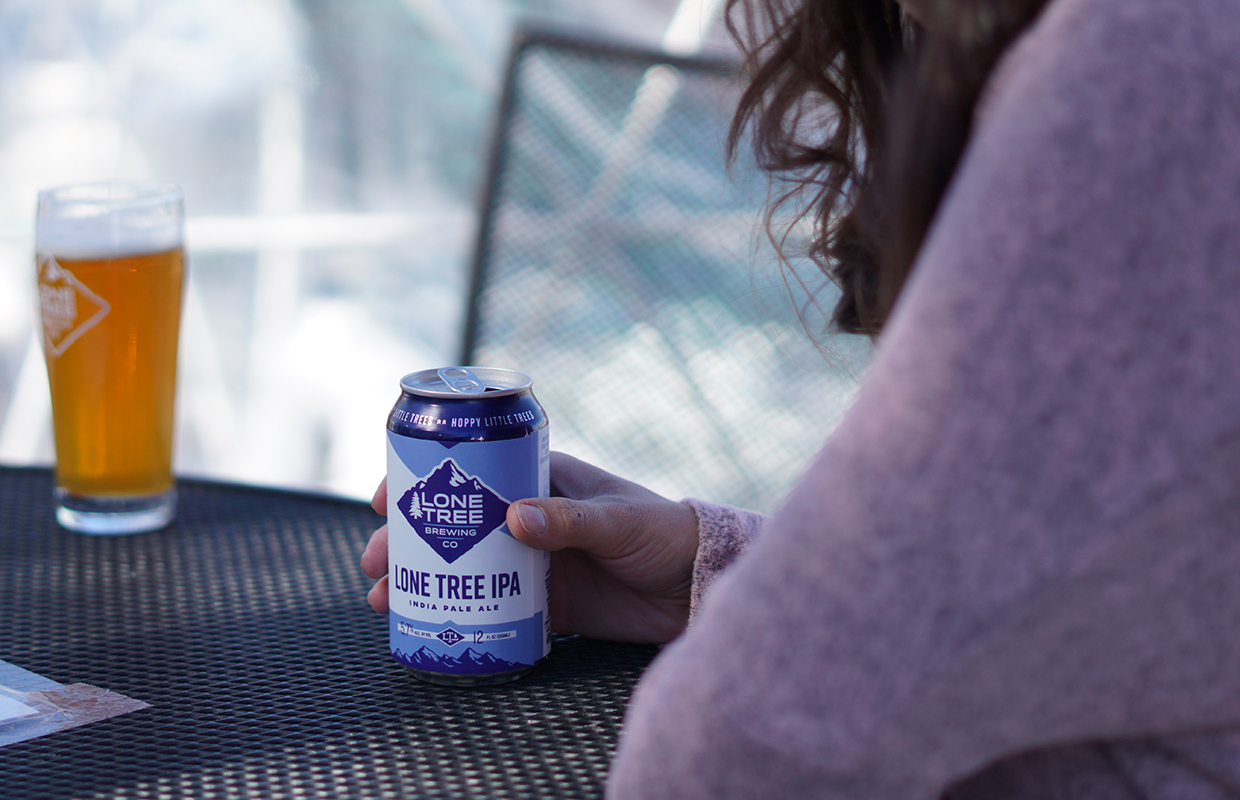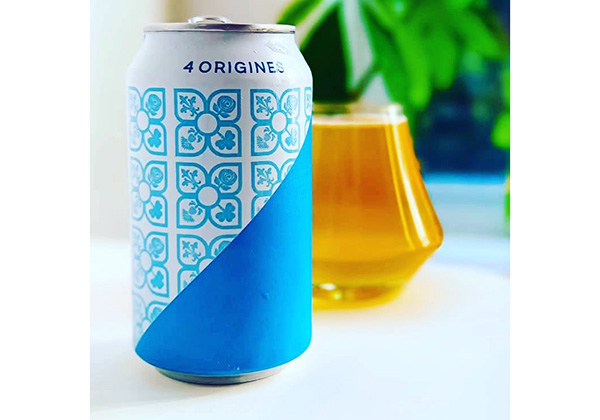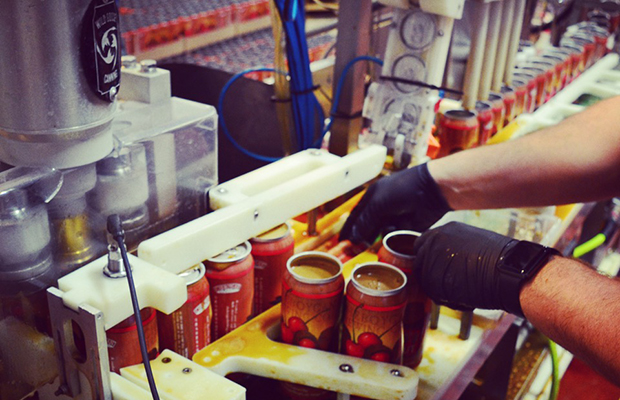
Small-batch and in-house releases can always be a fun and rewarding aspect of having a taproom for your cidery. And utilizing collaborative aspects to make these creations can be important as well.
Colorado’s Talbott’s Cider has worked for years with Breckenridge Distillery in various aspects, this time working with the spirit maker to develop a Brandy from Talbott’s flagship cider and use that to blend with more raw apple juice and barrel-age it to create two versions of a new Pommeau release.
“We took our flagship hard cider and sent it to them to be distilled. After it was distilled, they returned the brandy to us with some of their empty award-winning bourbon barrels,” said owner and Director of Operations, Charles Talbott. “We added the brandy to the barrels with our fresh-pressed apple juice and allowed the product to age.”
Everything that the Colorado cidery has done so far is with organic reach, from social media posts to word of mouth. Talbott noted that the first round of the collaboration was such a small batch of product that they have only been able to sell it out of the tasting room and at Breckenridge Distillery’s tasting room.
READ MORE: Making Your Digital Presence Work for You
“The education of the Pommeau definitely excites the customers,” Talbott said, adding that “nine out of 10 people that we can get to try it, buy a bottle.”
Talbott said when they started the planning for the Pommeau they wanted to create a traditional French-style Pommeau with an American twist.
“As opposed to the French we wanted to have a bigger bite,” he said, noting that most French Pommeaus are 14-18% ABV while Talbott settled on a 22% ABV Pommeau to be a happy median between Pommeau and Calvados — a Spanish-style Apple Brandy. “We also elected to age it in Breckenridge Distillery’s award-winning bourbon barrels. The reason that we chose these barrels instead of French Oak was in an attempt to pick up those subtle bourbon characteristics.”
An ideal ratio for Pommeau is one-third distillate to two-thirds apple juice.
“That is the most traditional,” Talbott explained. “However, based on your target finishing ABV, your ration may change. He also added that the cidery’s blend of apples is more important than specific varieties.
“We are using dessert fruit and focusing on the juice panel numbers more than the variety,” he said in the creation. “With that said, our flagship cider contains five different varieties of apples.
“We felt that our base cider would produce the best Pommeau because it is the closest to a traditional dry pub cider.”
Talbott’s used their base finish cider, Scrappy Apple, and added back the same blend of raw apple juice for the two-thirds dilution.
READ MORE: Cider Corner: How Capitalizing on Niches Can Fit into Sales Strategy
“All the apples are pressed here on site allowing us to control the process from apple to bottle,” Talbott said.
Talbott shared with Brewer that the 12-month Pommeau is much more apple-forward and tastes sweeter while the bourbon characteristics are much more subtle, but still had some strong American Oak flavors.
“The 18-month has much more profound bourbon nuances,” he said. “You pick up flavors of vanilla, butterscotch, and oak. Also paired with a less sweet taste.”
When it comes to barrel-aging, QA processes can be important. When Talbott created the final blend that was to go into barrels he said they sent samples to a lab for standard information.
“Then we make any adjustments needed mostly based on ABV,” he said, noting he would check and taste the barrels every 4-6 weeks.
“During those checks, we are topping the barrels with raw apple juice,” he said. “Fortunately, the high alcohol from the distillate creates protection from any microbiological activity.”






Be the first to comment